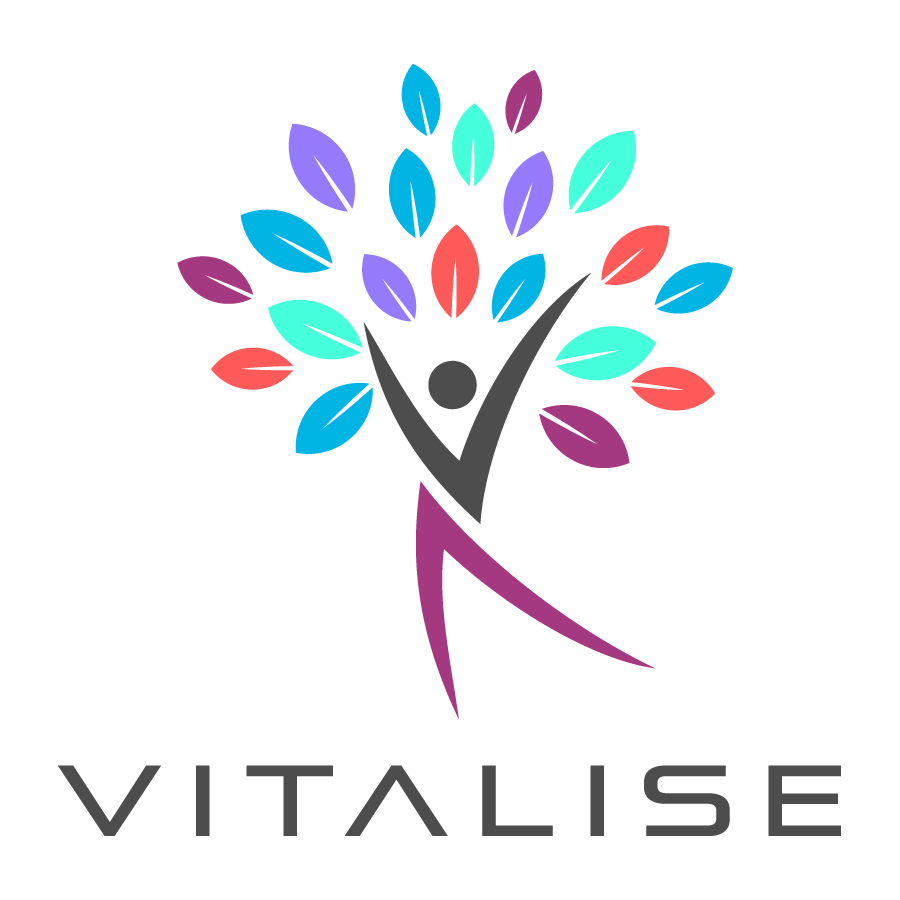Here we present the current version of the Living Lab Key Performance Indicators, derived by the activities.
| Chapter | Criterion | KPI |
| Strategy | Governance | - % of (active) involvement of a balanced and diverse group of stakeholders in the development of the vision & mission of the living lab (e.g., all Q4 represented is 100%)
|
- % of participation of a balanced and diverse group of stakeholders in the governance of the living lab (strategic & operational roles and decision-making processes)
|
- Presence of partner agreements/arrangements for co-innovation
|
- Completeness of a strategic roadmap for the living lab (SMART goals, responsibilities, and decision-making processes)
|
| Business Model | - Completeness of the described business model approach (value propositions, problems & solutions, activities & resources, key stakeholders, customers, users, costs & revenues, metrics & impacts)
|
- Number of (different) services offered by the living lab (e.g., stakeholder engagement) covering (all) different phases of the innovation cycle
|
| Culture & Collaboration | - Presence of internal & external business & client relation management process/strategy (including contracts)
|
- Frequency of internal communication & results sharing to keep partners informed & aligned
|
- Number of regional, national & international collaborations beyond the scope of an individual living lab project
|
| Operations | Human Resources | - % of Implementation of needed internal roles and responsibilities within the operational living lab team in a flexible way (are all roles sufficiently attributed depending on the size of the operational living lab team)
|
| Operations | - Time spent within successfully completed projects and/or activities related to the living lab (how many weeks/months/years of experience does the living lab has in running projects and/or activities)
|
- Completeness & frequency of internal self-monitoring processes (how often is the living lab monitoring essential parts of their organization: strategic, financial, equipment & infrastructure, policy, project outcomes)
|
| Equipment & infrastructure | - % accessibility in time to facilities (e.g., offices, co-creation spaces, testing facilities...)
|
- % accessibility in time to hard- & software (e.g., co-creation materials, computers, wearables, interaction software, polling/survey software...)
|
| Openness | Innovation partnerships, projects & processes | - % of implementation needed processes to safeguard a reflective and iterative approach to transdisciplinary collaboration
|
- % of implementation of needed processes to safeguard an ethical approach (e.g., regulatory requirements, data protection needed, etc.)
|
| Ownership of results | - % of implementation of needed rules & regulations regarding the use, sharing & licensing of data and IP of collaborative outcomes
|
- % of implementation of user agreements (data, IPR, rights, liabilities)
|
| Users & reality | User centricity | - % of diversity of stakeholders involved as end-users in living lab projects and/or activities
|
- Degree of influence end-users exerts on the different phases of the innovation cycle (from informing to empowerment)
|
| Lifecycle & real-life | - Degree of involvement of end-users in the different phases of the innovation cycle e.g., problem space, solution space, implementation space...)
|
- Degree of use of real-life contexts of users in the different phases of the innovation cycle
|
| Tools & methods | - Degree of appropriateness of tools & methods used for the different phases of the innovation cycle
|
- Frequency of external communication & results sharing to keep end-users and external stakeholders informed and engaged
|
| Impact & value | Co-created values | - % Satisfaction of users/stakeholders (from the whole value chain) concerning their involvement/influence on the innovation cycle
|
- Frequency of knowledge sharing (including results) with relevant (internal & external) stakeholders from the value chain
|
- Number of relevant (open) educational resources (including datasets, trainings) shared/provided for relevant stakeholders
|
- % Satisfaction of users/stakeholders concerning knowledge sharing & capacity building (learning materials & infrastructures)
|
| Impacts | - Completeness & frequency of impact assessments (how often is the living lab monitoring different types of impacts they are generating: societal, environmental, economic, regulatory, academic)
|
| Stability & harmonization | Stability | - % Increase in number of relationships (with a reliable partner network and customers)
|
- Level of financial sustainability based on a balanced & diversified set of fundings (structural vs. project-based) & revenue streams
|
- Number of living lab value propositions, flexible to adapt to new circumstances
|
| Harmonization & scale-up | - % Increase in number of partners committed to scale up products/solutions/services developed by the living lab
|
- Number of products/solutions/services (able to be) scaled-up
|
- Number of participation in (cross-border/cross-sectoral) initiatives/projects based on harmonized living lab infrastructures, standards, skills, methods, tools processes or services
|
